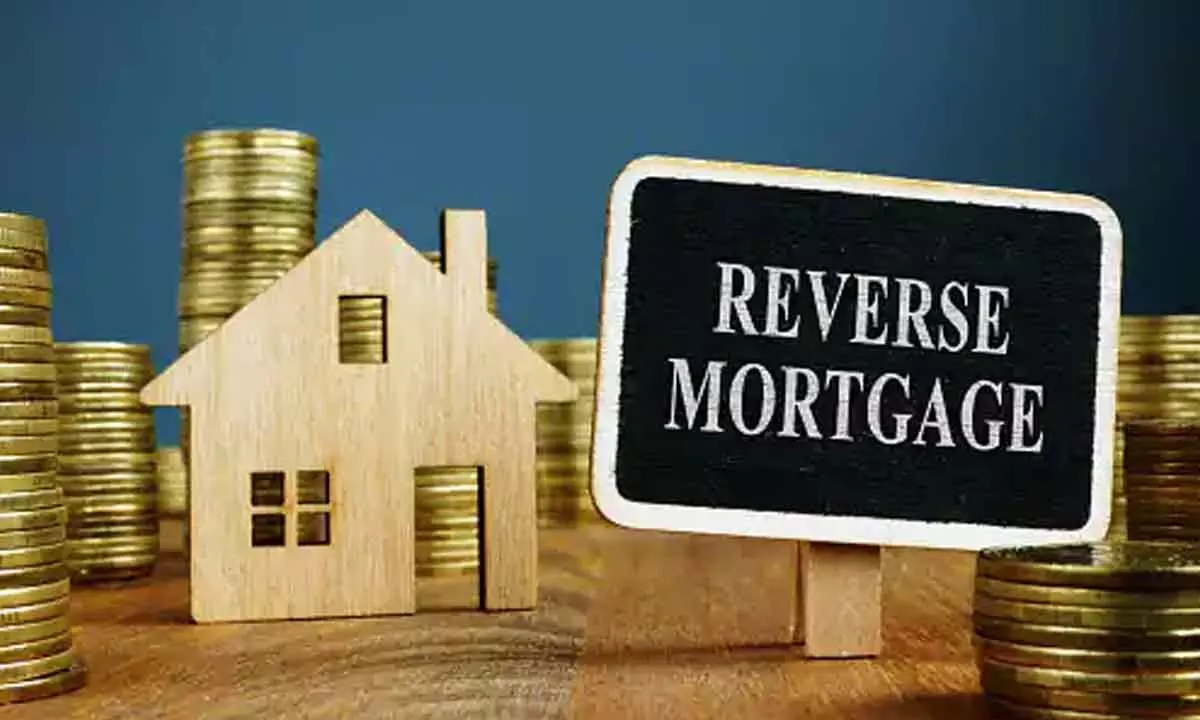Reverse annuity mortgage: Hearing from horse's mouth
About 24 banks and housing finance companies issued Rs 17,000 crore in RML during 2014-15
image for illustrative purpose

After retirement, seniors' income falls, and their wealth is locked mostly in Real Estate that cannot be consumed fully during a lifetime. About 10 per cent of Indians (ie, comparable to national population in Pakistan, Bangladesh or Russia) are seniors.
Talking to Bizz Buzz, Dr Prashant Das, Associate Professor at IIM (A) says, “It is amply clear that reverse mortgage offers unique benefits for borrowers. Then, it offers a huge and profitable market for mortgage lenders.” The issue of cultural reluctance, if any, can be addressed through awareness campaigns and advocacy, he said.
RV Verma, Chairman of AU Small Finance Bank and erstwhile CMD of the National Housing Bank (NHB) presented a rare, policy-oriented talk at Indian Institute of Management - Ahmedabad on Reverse annuity mortgage loan (RAM or RML). He has been championing the cause. In a RAM contract, a lending institution (bank/ HFC) disburses loans in several installment. They recover the principal and accrued interest after the senior citizens pass away by liquidating the home.
About 24 banks and housing finance companies (HFCs) issued Rs 17,000 crore (approximately $150 million) in RML during 2014-15, says Verma. Yet, this is much smaller compared to $120-billion mortgage loan issued in 2022 alone. There are numerous stakeholders, he said, and it requires diligent advocacy. The NHB helped increase the share of mortgage to increase from 1-2 per cent to 10 per cent. With a consistent push, the RML market could also grow.
"An Indian buys a home with a view of bequeathing it to their children," a student posed a genuine concern during an earlier session. Heirs would, often, benefit less from inheriting real estate, but more from liquid assets. So, a senior homeowner could reinvest the EMI in financial markets. The future value of these investments could be higher than the loan outstanding at maturity.
Verma suggested that RAM could offer lifetime annuities by infusing an actuarial component. Banks will price the Credit Risk, and an insurance firm could price the longevity risk. Banks would pass on the reverse EMI to an insurance firm who would deduct premium before the homeowner receives the payment.
A student asked: "If home prices shoot up during a RAM contract, can the homeowners refinance? Would there be a top-up payment?" Verma suggested that revaluation of the asset should be done frequently, at least once in every three years.
He highlighted the need for counselling and sociological sensitivity. Lenders must not go overboard with marketing the product or mis-sell it. Akshay Thakur and Rasika Nistane (2021 MBA of IIM Ahmedabad) estimated a market worth $200-$800 billion for RAM in India that is profitable. RAM is beneficial both to senior citizens and lenders.

